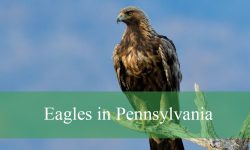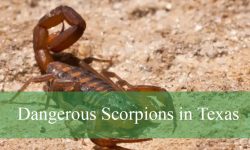Owls in Pennsylvania are a true delight for birdwatchers who enjoy the quiet beauty of nighttime wildlife. From deep forests to open farmlands, these mysterious raptors can be found throughout the state if you know when and where to look. Their haunting calls and silent flight make every encounter memorable, especially during evening hikes or early morning outings.
As someone who finds endless fascination in watching birds, I’ve always been captivated by the wide variety of owls in Pennsylvania. Each species has its own unique appearance, call, and behavior, from the small Northern Saw-whet Owl to the striking Snowy Owl that occasionally visits in winter. Whether you’re exploring woodlands or scanning the skies at dusk, spotting one of these elusive creatures is always a rewarding experience.
This guide introduces 9 common owl species found across the state, complete with pictures and identification tips. If you’ve ever wanted to distinguish a Barred Owl’s hoot from a Screech-Owl’s whinny, or learn where to find a Short-eared Owl gliding over open fields, you’re in the right place.
Common Owls Found in Pennsylvania
Eastern Screech-Owl
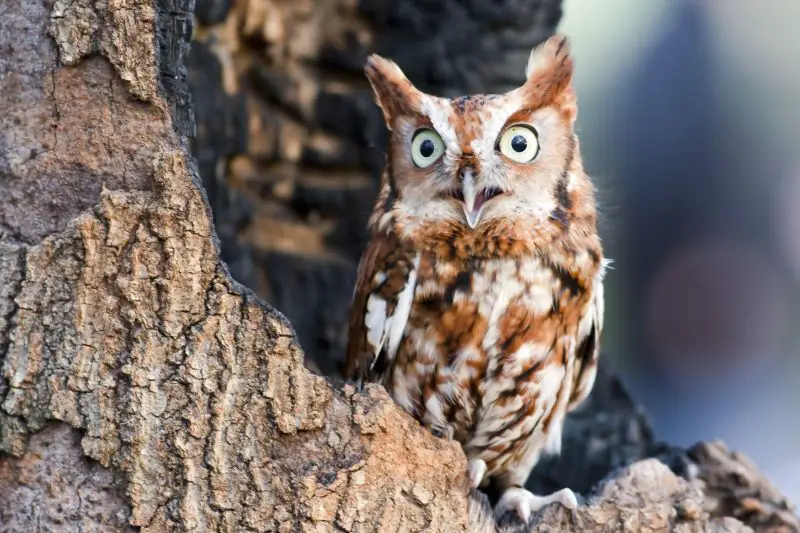
The Eastern Screech-Owl (Megascops asio) is a small yet highly adaptable owl native to much of the eastern United States, including Pennsylvania. It is one of the most common owls in wooded suburban areas, parks, and forests throughout the state. Adult screech-owls stand about 6 to 10 inches tall and have a compact build with a large head and no visible neck. Their prominent ear tufts and bright yellow eyes are distinguishing features, along with their camouflaged plumage that can be either reddish-brown (rufous) or gray. This cryptic coloration helps them blend into tree bark during the day when they roost in cavities.
Identification of the Eastern Screech-Owl often relies on vocalizations, especially at night. Despite the name, these owls don’t actually screech. Instead, they emit a series of trills and a haunting whinnying call, which is most often heard during the breeding season in late winter and early spring. Their soft, tremulous calls can carry over long distances on quiet nights. These vocalizations are key to detecting their presence since their size and coloration make them nearly invisible during daylight hours. They are mostly nocturnal and rarely seen unless specifically sought out with flashlights or during guided night walks.
Behaviorally, Eastern Screech-Owls are opportunistic and secretive. They nest in tree cavities and readily use nest boxes placed in suitable areas. Though they are not aggressive, they are fiercely protective of their young and have been known to swoop at intruders who approach too closely. Their diet is extremely varied and includes small mammals such as mice and voles, as well as insects, small birds, amphibians, and even earthworms. This dietary flexibility contributes to their widespread presence in both rural and suburban settings. They often hunt from perches and swoop down silently on prey using their excellent night vision and hearing.
In Pennsylvania, Eastern Screech-Owls are year-round residents and are found in a variety of habitats, including deciduous and mixed forests, orchards, farmland edges, and even urban neighborhoods with mature trees. They are particularly successful in areas with a mosaic of open fields and woodlots. Their ability to use artificial nesting sites and feed on a wide range of prey makes them resilient to moderate habitat changes. They are most easily spotted or heard at night from February through May when they are most vocal during mating and nesting.
Great Horned Owl
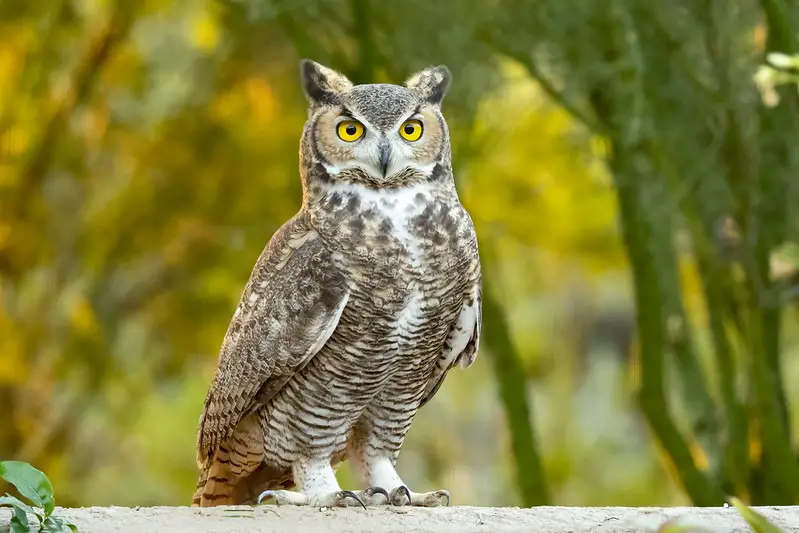
The Great Horned Owl (Bubo virginianus) is one of the largest and most powerful owls in North America, including Pennsylvania. This majestic bird is easily recognized by its large size, prominent feathered ear tufts or “horns,” and intense yellow eyes set in a rounded facial disc. Adults typically measure 18 to 25 inches in height, with a wingspan ranging from 3.5 to 5 feet. Their plumage is a mottled mix of brown, gray, and black, with a distinctive white patch on the throat that is visible when they call. These colors offer excellent camouflage in wooded environments.
The call of the Great Horned Owl is a deep, booming series of hoots — usually five to eight notes long — often phrased as “hoo-hoo-hooooo, hoo-hoo.” These calls can be heard over long distances and are commonly associated with wilderness areas at dusk and during the night. Both males and females call to establish territories, especially in the winter months leading up to the nesting season. Their hoots are among the most iconic sounds in North American forests and are often heard long before the owl itself is seen.
In terms of behavior, Great Horned Owls are apex nocturnal predators and highly territorial. They hunt primarily at night using their superb low-light vision and acute hearing. Their diet includes a wide range of prey: rabbits, squirrels, skunks, birds (including other raptors), reptiles, and even fish on occasion. Their powerful talons can exert up to 300 pounds per square inch of pressure, enabling them to capture and kill prey larger than themselves. They do not build their own nests, often appropriating old nests from hawks, crows, or squirrels.
Throughout Pennsylvania, Great Horned Owls can be found in forests, farmlands, open country, and even urban parks where mature trees provide nesting and roosting sites. They are year-round residents and among the first birds to begin nesting in late winter. Their adaptability to different environments and varied diet have made them one of the most widespread owl species in North America. They can be seen perched on fence posts, tree limbs, or even rooftops during dawn and dusk, silently surveying their hunting grounds.
Barred Owl
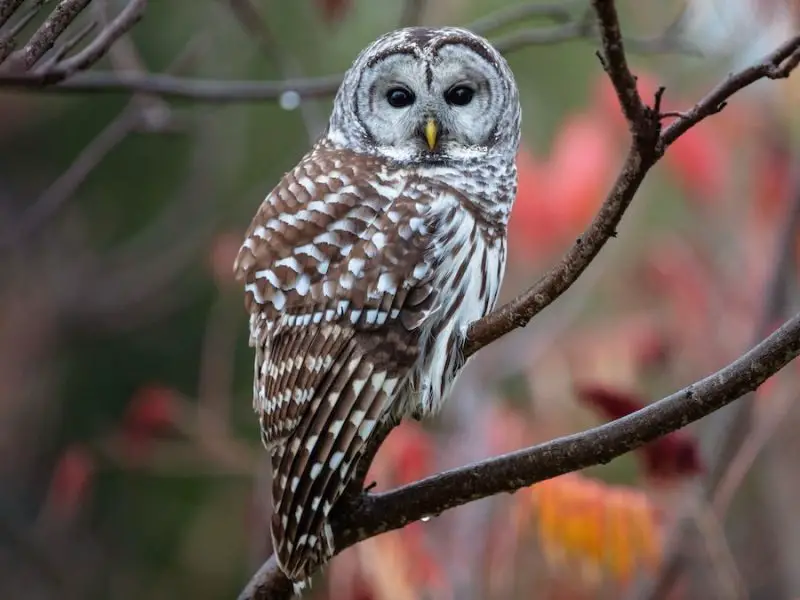
The Barred Owl (Strix varia) is a medium to large owl with a round head and no ear tufts, known for its distinctive hooting call often described as “Who cooks for you? Who cooks for you-all?” This call is one of the most recognizable among North American owls and is especially prominent in quiet, wooded areas at night. Adult Barred Owls are about 17 to 20 inches tall, with a wingspan of approximately 3.5 to 4 feet. Their plumage is a beautiful mix of brown and white, with horizontal bars on the chest and vertical streaks on the belly, giving them their name.
Unlike many other owls, Barred Owls are not exclusively nocturnal. They are also active during the day, especially at dawn and dusk, making them more likely to be seen than some other species. Their round, dark brown eyes (lacking the yellow found in most owl species) give them a soulful appearance. They are curious and relatively tolerant of human observers, and may even approach or respond vocally to imitations of their call. Their flight is nearly silent, allowing them to glide between trees with minimal noise while hunting.
Barred Owls prefer mature forests, particularly those with a mix of hardwoods and swamps or other wetland features. In Pennsylvania, they are found in dense woodlands throughout the state, especially near rivers, creeks, and forested wetlands. They often use natural tree cavities for nesting and will also take over abandoned nests of hawks or crows. Their diet consists mainly of small mammals like mice and voles, but they also eat amphibians, reptiles, insects, and even crayfish. They typically hunt from low perches and swoop down silently on prey.
This species is a permanent resident in Pennsylvania and maintains territories year-round. They are most vocal during the breeding season, which begins in late winter or early spring. Barred Owls are sensitive to habitat fragmentation and are most commonly found in large tracts of undisturbed forest. However, they have expanded their range in some areas due to the planting of trees in previously open regions. Their haunting calls and ghostly appearance in moonlit forests have earned them a prominent place in local folklore and natural history.
Barn Owl
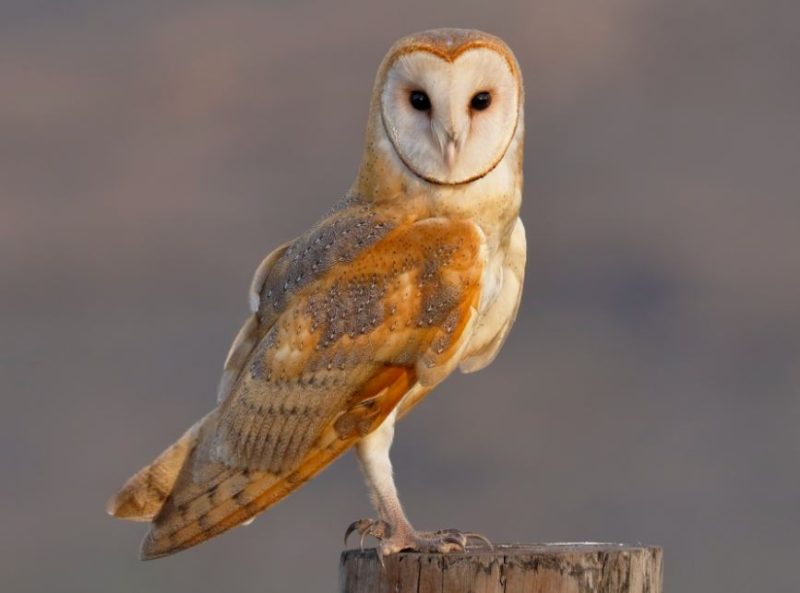
The Barn Owl (Tyto alba) is one of the most easily recognized owls due to its distinctive heart-shaped, pale white face and long legs. It has a slim, elegant build and long, rounded wings that give it a graceful flight. Adults typically stand about 12 to 15 inches tall, with wingspans reaching up to 44 inches. Its plumage is pale golden or buff on the back and snowy white on the underside, often speckled with small dark spots. Unlike other owls, Barn Owls have dark, soulful eyes set in a ghostly white facial disc that contributes to their spectral appearance.
Their call is also quite unique — instead of hoots or trills, Barn Owls emit a harsh, raspy screech that sounds almost like a scream. This eerie vocalization is often heard at night, particularly in open countryside. They are strictly nocturnal and are rarely active during the day. Barn Owls rely heavily on their acute sense of hearing, which is among the most finely tuned of any animal, allowing them to locate prey in complete darkness with pinpoint accuracy.
Barn Owls primarily feed on small mammals, especially voles, shrews, and mice, making them beneficial to farmers and landowners. They hunt by gliding low over open fields or grasslands and striking silently from above. Unlike many owl species, Barn Owls do not hoot, which can make them harder to detect unless their distinctive screech is heard. They often nest in barns, silos, abandoned buildings, or hollow trees, preferring open areas near agricultural lands or grasslands where prey is abundant.
In Pennsylvania, Barn Owls are considered uncommon and are most frequently found in the southern and central parts of the state. They prefer open country with scattered farms and pastures, especially where there are old barns or other structures suitable for nesting. Due to habitat loss and the modernization of farm buildings, their population has declined in recent decades. Conservation efforts, including the installation of Barn Owl nest boxes, have helped stabilize some local populations. Though elusive, they remain a valuable part of Pennsylvania’s nocturnal ecosystem.
Northern Saw-whet Owl

The Northern Saw-whet Owl (Aegolius acadicus) is one of the smallest owls in North America, standing only about 7 to 8 inches tall with a wingspan of roughly 16 to 20 inches. Despite its small stature, this owl has a large rounded head, no ear tufts, and bright yellow eyes set in a reddish-brown and white facial disc. Its plumage is mostly brown with white spots on the back and a streaked white breast. The bird’s innocent, catlike expression and small size often lead people to mistake it for a fledgling, but it is a fully mature species that thrives in dense forest habitats.
Its name comes from its unique call, a repetitive tooting whistle that sounds similar to the whetting of a saw. This rhythmic “too-too-too” call can go on for minutes at a time and is especially prominent in late winter and early spring, during its breeding season. Though secretive, the Northern Saw-whet Owl is often detected by this distinct vocalization. It is primarily nocturnal, and during the day, it roosts quietly in dense conifers or thickets, where it remains extremely difficult to see due to its excellent camouflage and silent demeanor.
Behaviorally, these owls are solitary and quiet, rarely seen outside of the breeding or migration seasons. They feed mainly on small mammals, particularly mice and voles, which they hunt using their finely tuned hearing and low, silent flight. During winter, they may cache prey in trees to eat later. Saw-whet Owls are cavity nesters and will often use old woodpecker holes or nest boxes. They do not build nests of their own but may lay eggs directly on old wood chips or debris left inside a tree cavity.
In Pennsylvania, Northern Saw-whet Owls are present year-round in the northern and higher elevation forested regions, particularly within the Allegheny Plateau and mountainous areas. During fall and winter migration, they are more widely dispersed and can occasionally be seen farther south. Birders often detect them in coniferous groves and dense understories near streams or forest edges. Their secretive nature and nocturnal habits make them a rewarding find for experienced owl watchers, especially those willing to venture out at night with a trained ear.
Long-eared Owl
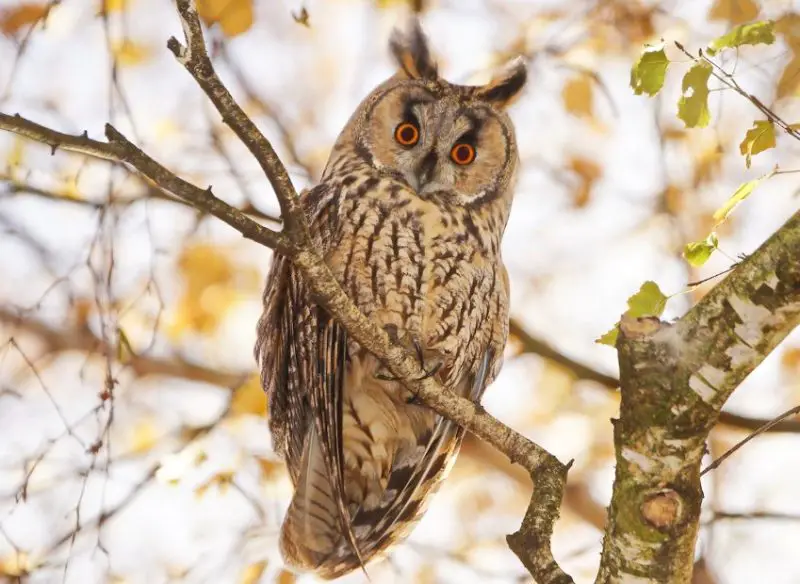
The Long-eared Owl (Asio otus) is a medium-sized, slender owl with long ear tufts that give it a distinctive appearance. It stands about 13 to 16 inches tall and has a wingspan between 35 and 40 inches. The plumage is mottled brown, black, and buff with vertical streaks on the chest, which provide excellent camouflage against tree bark. Its striking orange facial disc and piercing yellow-orange eyes add to its intense look. The long, narrow body and upright posture make this owl appear almost cat-like when perched.
Its vocalizations include a deep, low “hoo” repeated in regular intervals by the male during the breeding season, often heard on still nights in early spring. In addition to this territorial call, Long-eared Owls also produce a variety of barks, squeals, and hisses, especially when alarmed. They are extremely quiet and elusive, often roosting in dense groves during the day, where they blend in seamlessly with the vertical lines of tree trunks. These communal winter roosts can sometimes host several individuals grouped closely together.
Long-eared Owls are nocturnal hunters that prefer to hunt over open fields or meadows from low perches along the forest edge. Their diet consists mostly of small mammals, particularly voles, shrews, and mice, but they may also eat small birds, frogs, and large insects. They rely on stealth and their incredibly sensitive hearing to detect prey under snow or leaf litter. During the nesting season, they often take over old stick nests built by hawks, crows, or squirrels, rather than building their own.
In Pennsylvania, Long-eared Owls are mainly winter residents, though small breeding populations exist in secluded forested areas, especially in the northern counties. They are most frequently seen from late fall through early spring when they roost communally in thick coniferous stands or dense deciduous woods near open hunting grounds. Their secretive nature and tendency to avoid human activity make them difficult to locate, but patient observers can find them by searching carefully in known roosting areas or by listening for their distinctive calls at night.
Short-eared Owl
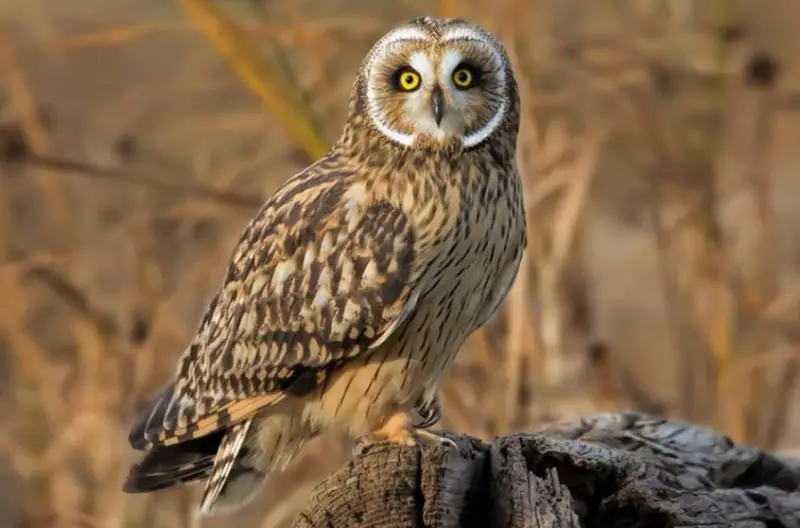
The Short-eared Owl (Asio flammeus) is a medium-sized, ground-nesting owl with short, often barely visible ear tufts, which give it a rounded head profile. It measures about 13 to 17 inches in height with a wingspan of 33 to 40 inches. Its plumage is a mix of buff, brown, and black, with a pale facial disc and bold dark patches around the eyes, creating a dramatic contrast. The underparts are streaked, and the upperparts are mottled, helping it blend well with grassland environments. It is one of the few owls regularly seen flying during the day.
Its vocalizations are most often heard during the breeding season and include a series of raspy barks and high-pitched screams. However, in Pennsylvania, where this species is typically a non-breeding winter visitor, they are often silent. More often than not, Short-eared Owls are observed silently flying low over open fields and marshes, often with a buoyant, moth-like flight pattern. Unlike most owls, they are crepuscular, hunting primarily at dawn and dusk, although they may also be active in full daylight.
Short-eared Owls feed almost entirely on small mammals, especially voles, which make up the bulk of their diet. They hunt by quartering open fields, flying low with wings held in a shallow V-shape. When prey is spotted, they drop silently to the ground. During winter, they may roost communally in tall grasses, brushy fields, or on the ground in lightly vegetated areas. Their open-country behavior and daytime activity make them easier to observe than many other owl species.
In Pennsylvania, Short-eared Owls are mostly found during the winter months in open habitats like reclaimed strip mines, large grasslands, coastal marshes, and agricultural fields. They are most frequently observed in areas like Presque Isle, the Cumberland Valley, and other flat, open landscapes where voles are abundant. Although they were once more common breeders in the state, habitat loss has greatly reduced their summer populations. The best time to see them is at dusk, as they patrol fields with silent, graceful flight.
Snowy Owl
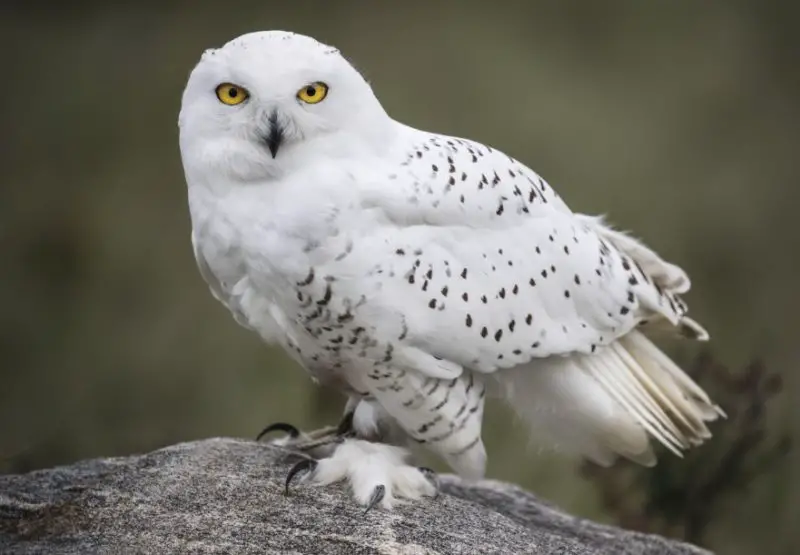
The Snowy Owl (Bubo scandiacus) is one of the most iconic and visually striking owls in the world, immediately recognizable by its large size and pure white plumage. Adult males can be nearly all white, while females and younger individuals are typically white with varying degrees of dark barring. This large Arctic owl stands 20 to 27 inches tall and has a massive wingspan of 4.5 to 5.5 feet. Its round head lacks ear tufts, and its golden-yellow eyes give it a fierce, commanding expression, especially when perched on an open field or rooftop in winter.
Unlike most owls, Snowy Owls are diurnal and frequently hunt during the daytime. Their call — a deep, booming “hoo-hoo” — is rarely heard in Pennsylvania, as these birds are typically silent during their winter stay in the state. Occasionally, they may hiss or snap their beak when threatened. In their native Arctic breeding grounds, they are more vocal during courtship and territorial disputes. Their sheer size and visibility during daylight hours make them one of the most easily recognized and thrilling winter visitors to the Northeast.
Snowy Owls feed primarily on lemmings and other small mammals in the Arctic but switch to voles, mice, and even birds such as ducks and gulls when they migrate south. They hunt by perching on a high vantage point or by flying low over open fields, using their keen eyesight to spot movement. They often sit directly on the ground or on snow-covered mounds, fence posts, and utility poles. Unlike woodland owls, Snowy Owls are highly territorial during irruption years and may aggressively defend hunting territories from other raptors.
In Pennsylvania, Snowy Owls are irregular winter visitors, typically arriving during irruption years when food becomes scarce in their Arctic breeding range. These events usually occur every four to five years but are unpredictable. During such winters, they can be found in open landscapes that mimic the tundra — airports, large farm fields, coastal dunes, and frozen lakes. Locations such as Erie, Lancaster County, and open areas in central Pennsylvania are some of the better-known spots to observe them. Birders flock to see these majestic owls, but observers are reminded to keep their distance to avoid disturbing these sensitive Arctic travelers.
Boreal Owl
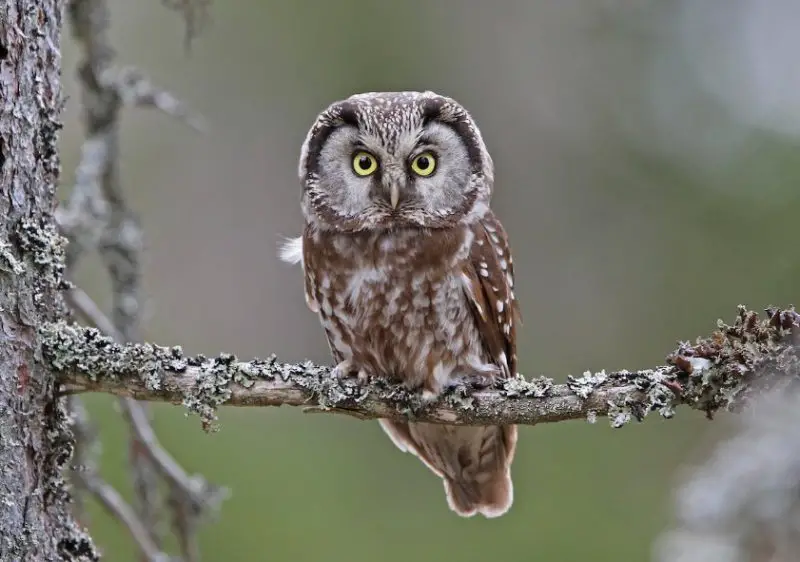
The Boreal Owl (Aegolius funereus) is a small, elusive owl species native to boreal forests across the Northern Hemisphere. In North America, this owl is primarily found in Canada and the northernmost regions of the U.S., including isolated, high-elevation forests in Pennsylvania. Adults stand about 8 to 11 inches tall with a wingspan of 20 to 24 inches. They have a compact body, large rounded head, and no ear tufts. Their facial disc is pale with black borders, and their eyes are a vivid yellow. The upperparts are brown with white spots, while the underparts are white with fine brown streaks. Their small size and cryptic plumage make them very difficult to detect.
Boreal Owls are mostly silent, but during the breeding season—typically from late February through April—males give a series of soft, low hoots that sound like a tooting whistle, repeated at regular intervals. This call is used to attract mates and defend territory and is most likely to be heard during the still hours of night. Outside of the breeding season, they are nearly impossible to detect by sound alone. Unlike many other owl species, Boreal Owls are largely non-vocal outside their nesting period, and their secretive habits contribute to their mysterious reputation.
In terms of behavior, Boreal Owls are nocturnal and strictly solitary. They are cavity nesters, usually using old woodpecker holes in mature coniferous trees. Their diet consists primarily of small mammals such as voles, shrews, and mice, though they may also consume small birds and insects when available. These owls rely heavily on their exceptional hearing to hunt in complete darkness. They are ambush predators that perch silently and pounce on prey with pinpoint accuracy, making them effective hunters even in thick forest environments.
In Pennsylvania, Boreal Owls are extremely rare and considered accidental or occasional winter visitors. They are most likely to be found in remote, high-elevation spruce-fir or hemlock forests in the northern and northeastern parts of the state, particularly in areas like the Allegheny Plateau or Pocono Mountains. Sightings are extremely uncommon and usually limited to irruption years when populations temporarily expand their range in response to prey shortages further north. Because they are so rarely encountered, the Boreal Owl is highly sought after by experienced birders and researchers specializing in northern forest avifauna.

